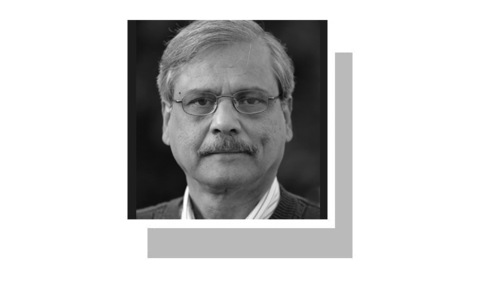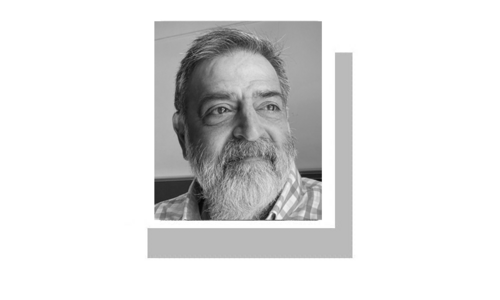FROM landing the Curiosity rover on Mars after a 350 million-mile journey, to the discovery of the world’s most wanted subatomic particle, the top 10 scientific achievements of 2012 have been nominated by the journal of the American Association for the Advancement of Science, giving a snapshot of the march of human knowledge in genetics, physics, cosmology, medicine and nanoscience.
The discovery of the Higgs boson by physicists using the Large Hadron Collider in Switzerland was named breakthrough of the year by Science magazine, with runners-up including the pin-sharp DNA sequencing of a Siberian cave girl who lived 50,000 years ago and a delicate brain implant in a Pennsylvania woman paralysed from the neck down that allowed her to use thought to manipulate a robotic arm to grasp a bottle and take a sip of coffee.
The discovery of the Higgs boson proves there is an energy field all around us that gives mass to the fundamental particles that make up our world. The announcement of its discovery in Geneva was met by cheers usually heard at football matches or rock concerts.
The result of the 43-year-long hunt for the Higgs boson was not the only exercise in exploring the world’s very smallest particles to make the shortlist. A team of Chinese physicists won plaudits for describing how elusive particles called neutrinos morph into one another as they zip along at near-light speed. The discovery is likely to open up the field of neutrino physics and may help solve a puzzle that has long vexed scientists: how the universe evolved after its creation to contain so much matter and so little anti-matter.
Researchers believe there could be some as-yet-unknown differences between the two types of particles or else the laws of physics might need to be modified.
In genetics, the results of a £180 million decade-long study to create an encyclopedia of DNA elements, known as Encode, were published to wild acclaim with this newspaper describing it as “the most significant shift in scientists’ understanding of the way our DNA operates since the sequencing of the human genome”.
The portrait of DNA helps explain how genes are controlled and researchers have already used the insights to clarify genetic risk factors for diseases such as multiple sclerosis and Crohn’s disease.
From the tiny to the vast, Science’s shortlist celebrated the eight-month trip through space of the Curiosity rover, which landed on Mars in August using a crane “festooned with retro-rockets”. It went on to explore the Gale crater and the successful landing reassured Nasa that it can send a rover to collect samples from Mars and land a second mission to pick up the samples and lift them into Mars’ orbit for eventual return to earth.
The journal also highlighted a global controversy over the safety of research into bird flu, amid fears over which studies were safe and which could lead to even more devastating strains of the virus that could fall into the hands of terrorists. Fears grew when a Rotterdam-based virologist, Ron Fouchier, said his team had engineered a version of the bird flu virus that could be transmittable between humans.
The journal has also predicted next year’s breakthroughs, including the most precise map yet of the afterglow of the Big Bang, when the universe is thought to have been born, and the exploration of a mysterious subglacial lake four kilometres beneath the Antarctic ice, which is likely to have been cut off from life on the rest of the planet for millions of years. — The Guardian, London










































